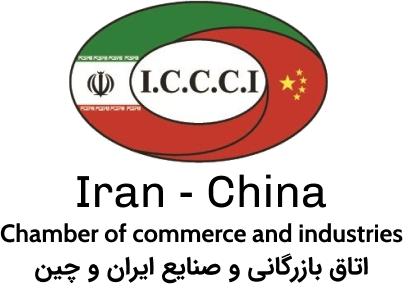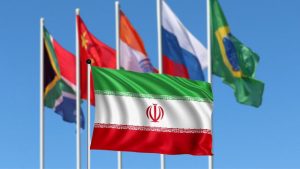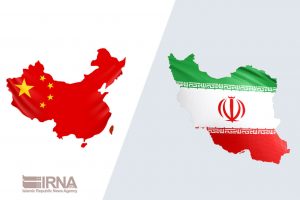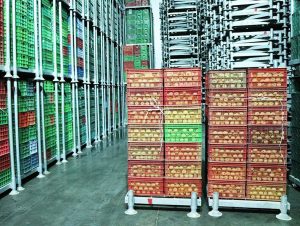Domestic investment making in Anzali Free Zone in north of Iran rose 26 percent in the current Iranian calendar year (began on March 21), as compared to the same period of time in the past year, the managing director of Anzali Free Zone Organization announced.
Isa Farhadi said that 22.92 trillion rials (about $79 million) has been invested by the Iranian investors in the zone in the current year, while the figure was 18.234 trillion rials (about $62.8 million) in the previous year.
In early September, Iran’s First Vice President Mohammad Mokhber launched and inaugurated 71 investment projects in free trade zones and special economic zones of the country.
The projects were to make investments in the industrial and development sectors of four free trade zones, namely Arvand, Kish, Aras, and Anzali, and five special economic zones namely Pars, Petrochemical, Arg-e Bam, Sahlan, and Lorestan, and create direct and indirect jobs for over 22,000 persons.
In mid-August, the previous secretary of Iran’s Free Zones High Council said that the trade balance of the country’s free trade zones has become $35 million positive for the first time in 30 years.
According to Saeid Mohammad, there are currently 15 free trade zones and 33 special economic zones active in the country and the necessary licenses have also been obtained for the establishment of 79 new special economic zones.
The official noted that although the overall trade balance of the free trade and special economic zones together has always been positive, but this is the first time that the foreign trade balance of the free trade zones becomes positive separately.
Underlining the important role that free trade and special economic zones play in the country’s economic growth, Mohammad said: “The main function of free zones is to facilitate export, production, foreign exchange, entry of new technologies and promotion of knowledge-based companies.”
According to Mohammad, 360 trillion rials (about $1.24 billion) of investment has been made in the country’s free trade zones in the past Iranian calendar year 1400 (ended on March 20).
Located in Gilan Province, north of Iran, Anzali Free Trade-Industrial Zone is the sole free zone in the southern part of the Caspian Sea with an area of 9,400 hectares and 40 kilometers shoreline.
It is one of the country’s seven free trade-industrial zones.
Located on the North-South International Corridor, having a special position in connection with the Caspian littoral states, proximity to the ports of Astrakhan and Lagan in Russia, Aktau in Kazakhstan, and Baku in Azerbaijan, access through convenient routes to the consumer markets of CIS countries, and proximity to Rasht International Airport are some advantages of Anzali Free Zone.
Establishment of free trade zones (FTZs) in Iran dates back to Iranian calendar year 1368 (March 1989 – March 1990) following the fall in the country’s oil income in the preceding year which prompted the government to promote the non-oil exports.
The first two free trade zones of Iran were established in the south of country. The first one was Kish Free Trade Zone established in 1368 on Kish Island in the Persian Gulf and the second one was Qeshm Free Trade Zone established the year after on Qeshm Island in the Strait of Hormuz.
Some five other free trade zones have been also established in the country since then, including Chabahar in southeastern Sistan-Baluchestan Province, Arvand in southwestern Khuzestan Province, Anzali in northern Gilan Province, Aras in East-Azarbaijan Province and Maku in West-Azarbaijan Province, both in the northwest of the country.
Development of existing free trade zones and establishment of new FTZs has become one of the major economic approaches of Iranian government.




